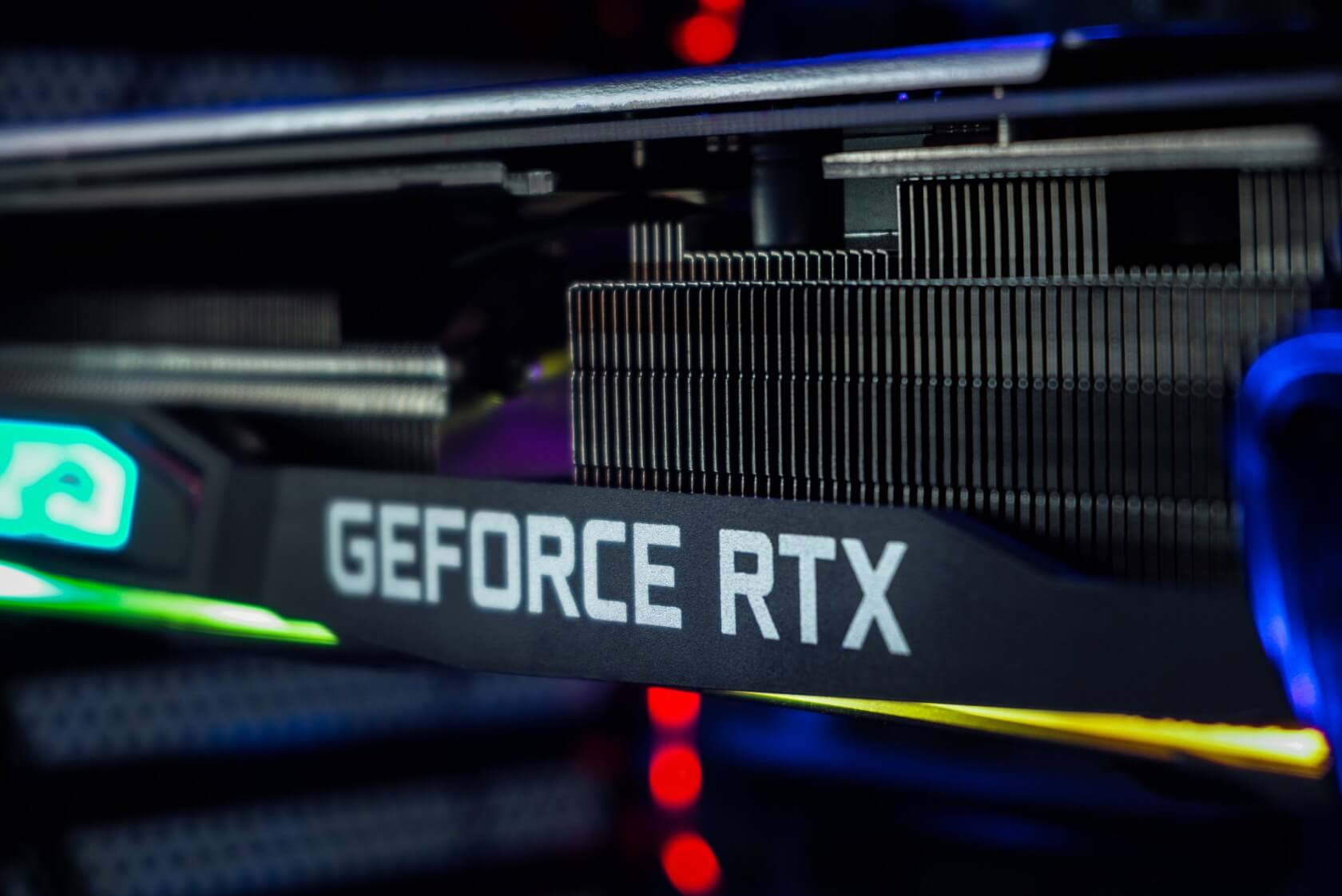In a nutshell: If the Discord bug was capping your Nvidia GPU's memory speed (or maybe you didn't notice?), you should test performance again to see if Nvidia already fixed the problem for you. If not, try restarting your system and installing this week's graphics drivers. The company claims to have resolved the issue, but their wording is confusing some users.
Nvidia recently released an update to fix a VRAM glitch affecting its GPUs when users left Discord open. However, the company hasn't provided clear directions of how the update works, only saying that it doesn't require manual action. The company's latest GPU drivers seem to include the patch but might not be required for users to receive it.
Many Nvidia graphics card owners awaiting the fix likely expected the company to bundle it with a driver update. However, Team Green instead describes the solution as an application profile update that automatically downloads the next time users start Windows.
Users on Reddit and Twitter responded by asking Nvidia which specific program downloads the update, but the company hasn't answered that yet. It doesn't seem to require GeForce Experience, Nvidia's usual method of delivering automatic updates.
GeForce users can now download an app profile update for Discord. This resolves a recent issue where some GeForce GPUs memory clocks did not reach full speed w/ Discord running in the background. The update automatically downloads to your PC the next time you log into Windows. pic.twitter.com/89nwugWQFF
--- NVIDIA Customer Care (@nvidiacc) February 3, 2023
The bug in question caused Nvidia GPU memory clocks to drop to P2 state if Discord ran in the background, preventing VRAM from reaching its full clock speed and affecting gaming performance. It emerged after a recent Discord update, possibly the one allowing users with GeForce RTX 40 series cards to stream while encoding with the new AV1 video format.
Those unsure whether they received the patch should test performance to see if it has returned to normal. Nvidia Profile Inspector can also check whether the Discord profile forces P2 state.
Installing graphics driver version 528.49, which Nvidia released this week, can also solve the problem, as the company lists the Discord glitch under "Fixed Issues." Just make sure you restart Windows after updating the drivers.
Users still experiencing the memory issue can try the manual solution Nvidia had proposed before: downloading the GeForce 3D Profile Manager and editing an SLI profile according to the company's directions. One person responding to Nvidia claimed the automatic update doesn't work on Windows 11 and that turning off auto updates could prevent it from applying it.
